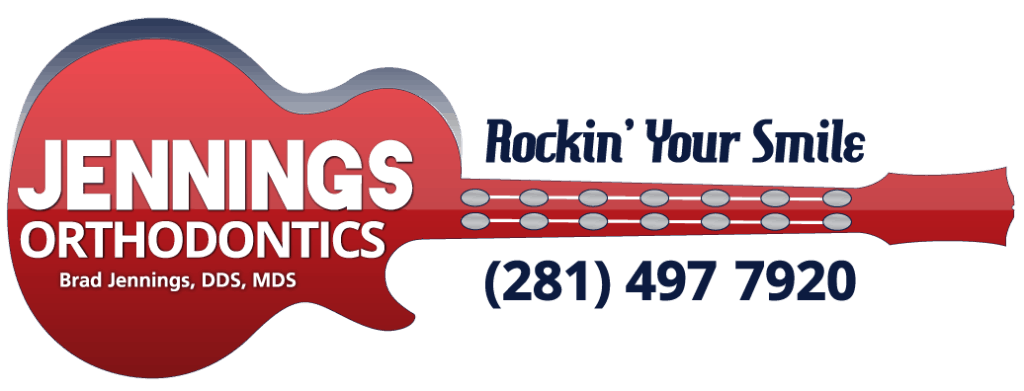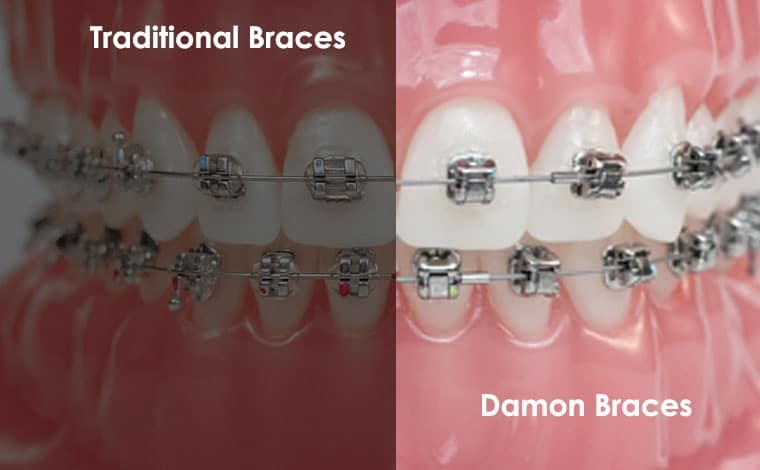Having a beautiful smile is the dream of every person. If your teeth are misaligned, you might be thinking of how to get them straightened. In today’s world, there are numerous brands and types of treatments to choose from. These include Damon braces, traditional braces, Invisalign, and many more. Here we will focus on the differences that Damon braces and traditional braces have. Let’s begin with knowing how braces work.
How Braces Work
Braces exert pressure on the teeth, which encourages the teeth to move slowly in the required direction. They use an arch-wire to exert this pressure while the brackets and other parts hold the teeth’s position. The teeth tend to loosen with these forces, allowing for the formation of a new bone that supports them. As your teeth start to align, your orthodontist will use larger wires over time to straighten them even more, and the process safely aligns the teeth.
Traditional Braces
They are also known as train tracks, and they use a unique arch-wire together with the brackets. The arch-wire puts pressure on the teeth. To ensure the brackets on the teeth are firmly held, the orthodontist uses a rubber elastic tie. A process they call conventional litigation.
The orthodontist will focus on checking your teeth’s movement, tighten, and modify the pressure applied during the treatment period. This is where the saying “getting your braces tightened” comes from. This technique tends to have one drawback: friction between the wire and the brace due to the rubber tie holding the wire in. The friction results in decreased movement. To overcome this friction, your orthodontist may need to increase the force on your teeth.
Damon Braces
Dr. Dwight Damon is the one who introduced Damon braces in 1996. What pushed Damon to create these braces was the hope to find a solution for the friction issue. One major difference between traditional and Damon braces is the method of attaching the wire to the brackets on the teeth. Damon braces use a special slide mechanism that permits the teeth to move freely; hence, minimal friction. On the other hand, traditional braces use wire or elastic ties to attach the wire to the brackets.
Another difference is that Damon braces use less time to get the results. You also require to visit the orthodontist fewer times compared to traditional braces. These braces may also be more hygienic and discreet. The reason being the elastic band that traditional braces use may act as a home for plaque and bacteria.
Contact the Experts
With Damon braces, you can achieve terrific results and finish your braces treatment faster. Depending on your case, this may mean a savings of many months. After analyzing your specific needs, we will be able to provide you with a treatment plan that will have you smiling soon! Contact us today if you are planning to get braces. Dr. Jennings will answer all your questions and advise you on the best plan for a beautiful, rock’n smile.

